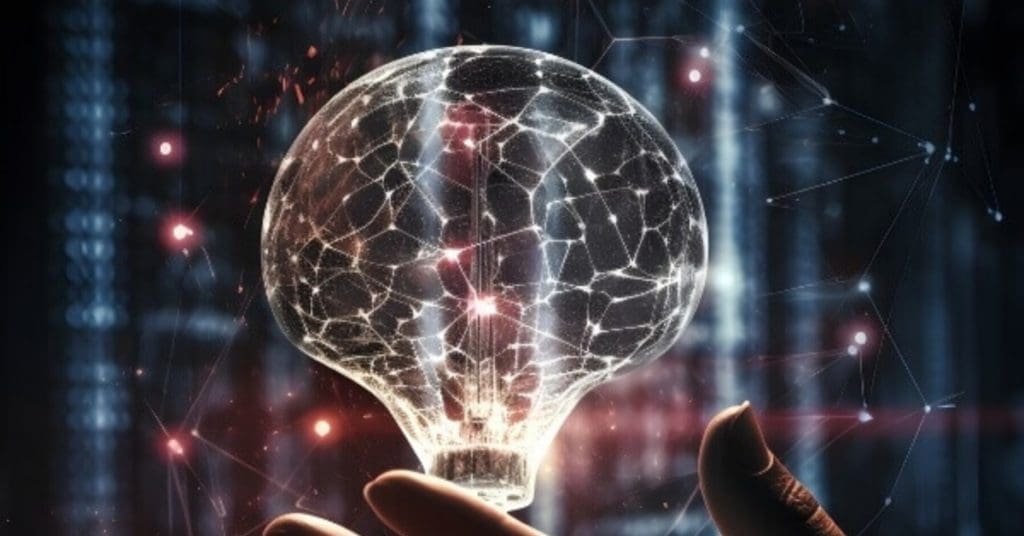I recently attended the 29th EVA conference at the historic Armourers Hall in London, where a diverse range of speakers from university professors to the head of the dreadnought submarine programme shared their thoughts on the subject of People and Data (including our very own Paul Major who ran an entertaining and thought provoking session on the natural intelligence of diverse teams).
All attendees were united by a common theme that ultimately – it is people that determine if change is successful or not. Something that we at changemaker wholeheartedly agree with.
A particular theme that resonated with many in the room was the importance of understanding the neuroscience behind human behaviour in driving successful change and transformation delivery. A great example was Carole Osterweil talking about the project stress cycle where a change project runs into difficulty, but the subsequent innate human behavioural response actively works against project recovery. This triggers a “flight response” (our brain doesn’t distinguish between physical and social threats), resulting in a sub-conscious reduction in rational behaviour.

Our natural tendency in this situation is to double down on delivery controls at the expense of softer skills – micro-managing everything to within an inch of its life. However, this invariably increases stress levels even further and the cycle continues.
We have all experienced this at some stage in our careers (probably many times)!
That got me thinking about my own experiences of delivering programmes and projects, and a realisation of just how little formal recognition and training is given to the softer skills that are needed to underpin successful change delivery – lip service at best, non-existent at worst.
Many of us have attended technical courses to learn about the mechanics of change delivery, and some of those approaches do touch on the human behavioural aspects of change – for example, the Agile Manifesto stressing the importance of “individual and interactions” and “customer collaboration”, and the Prosci ADKAR model talks about the stages of change adoption (Awareness, Desire, Knowledge, Ability, and Reinforcement). However, even these arguably fall into the trap of focussing too much on the visible side of behavioural change, and don’t dig deep enough into what’s really going on underneath.
I have personally been involved in many change programmes where all the right change methodologies were being applied, but the Programmes were still failing because (and I only realise this with hindsight) they didn’t recognise and address the underlying behavioural neuroscience blockers when the programmes went off track ……….as they all do at some stage.
When we layer on to that the seemingly relentless march of Artificial Intelligence which is becoming an increasingly important component of change delivery, the risk of “natural intelligence” being overshadowed by its artificial cousin will only increase. Perhaps it’s time that we paid more attention to it.
Does this resonate with your experience – either past or present? We’d love to hear about it, so get in touch with any of the team to discuss.
